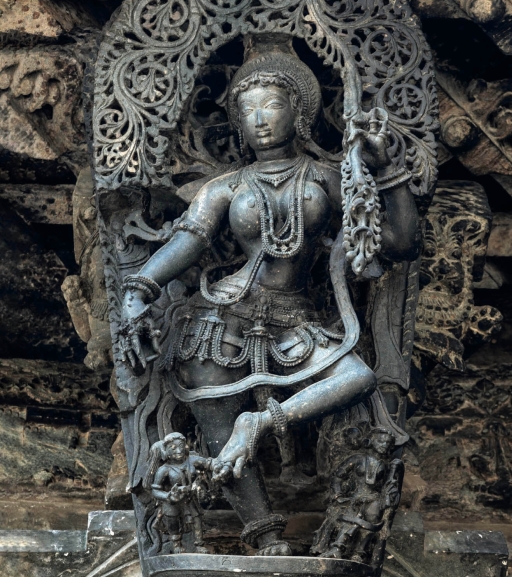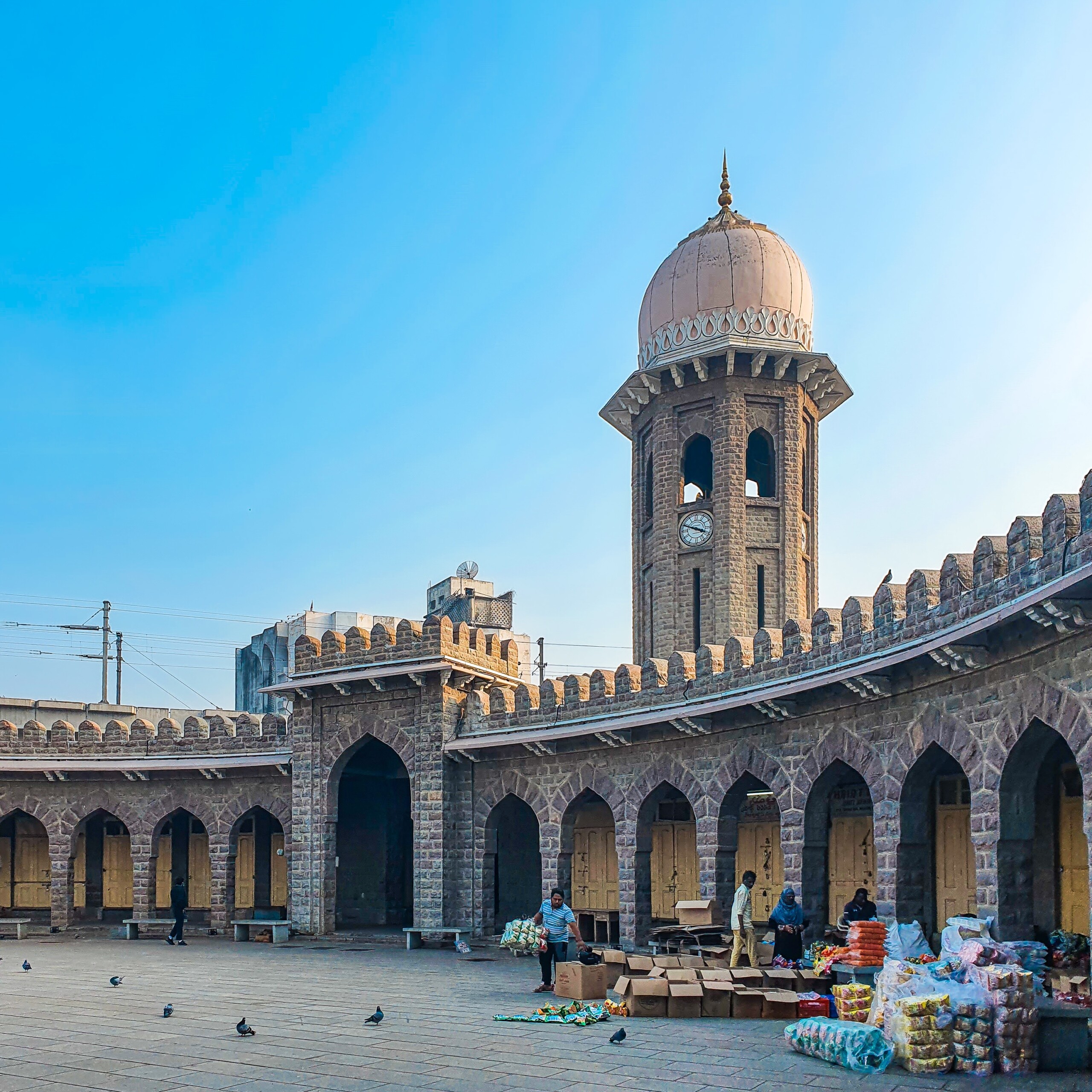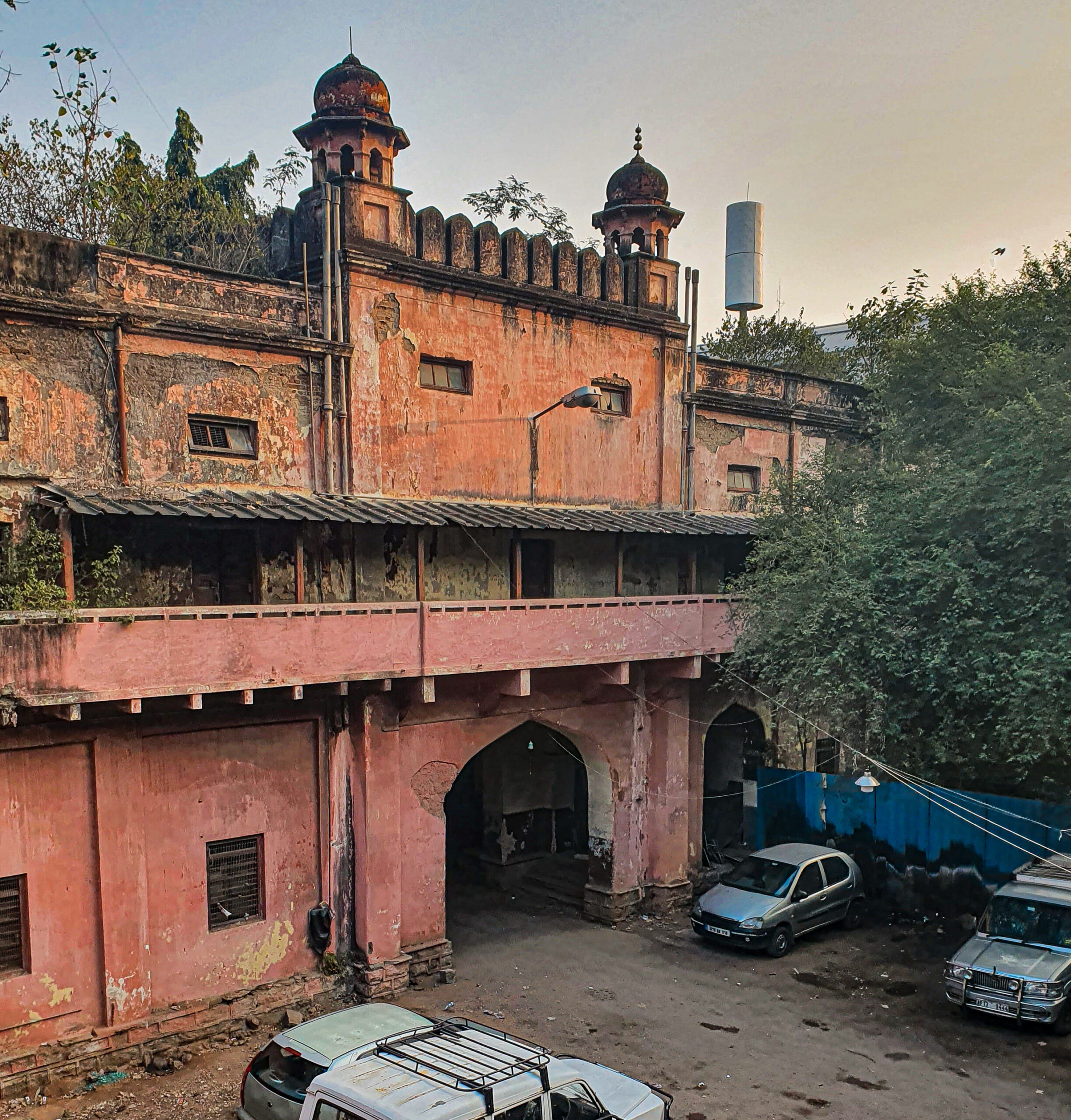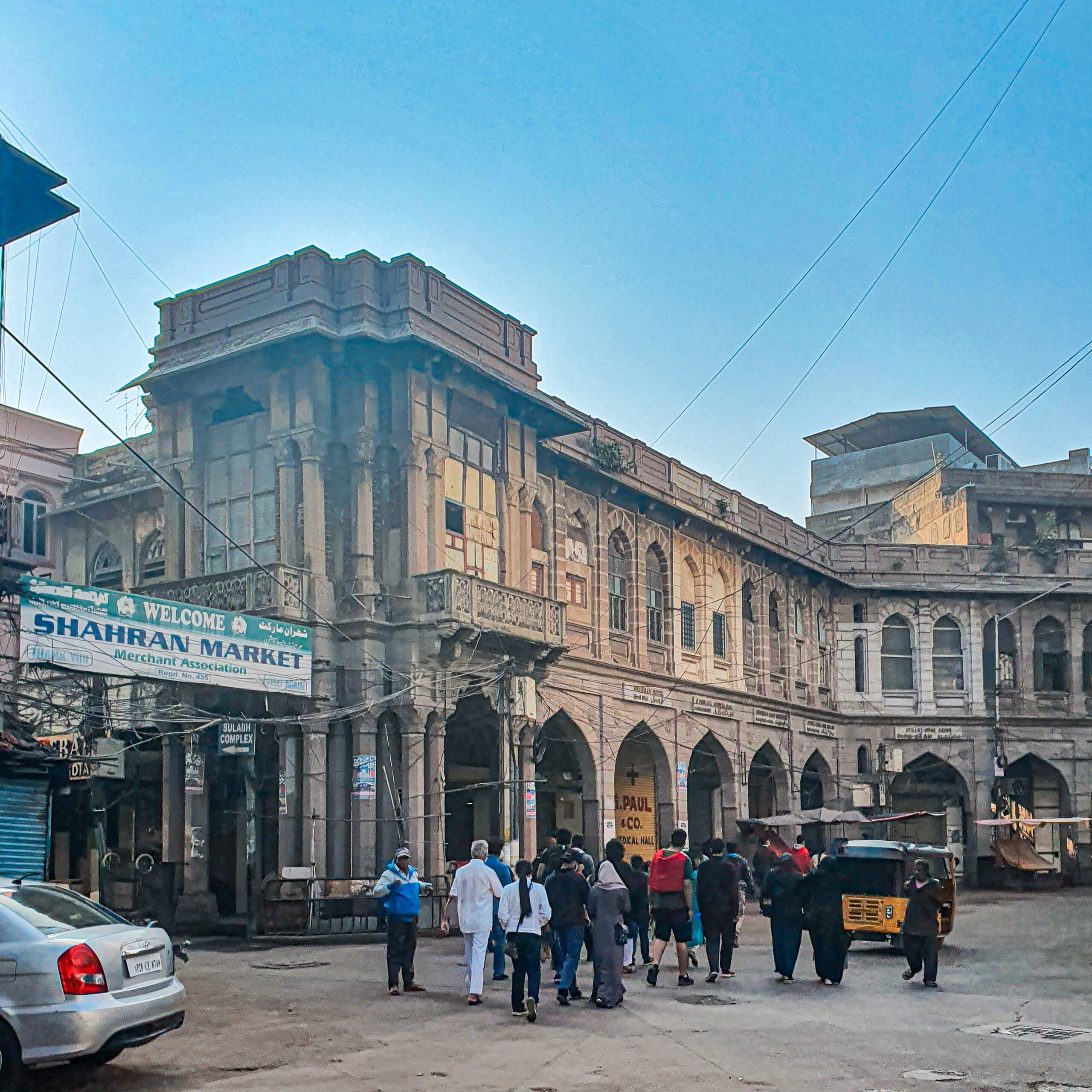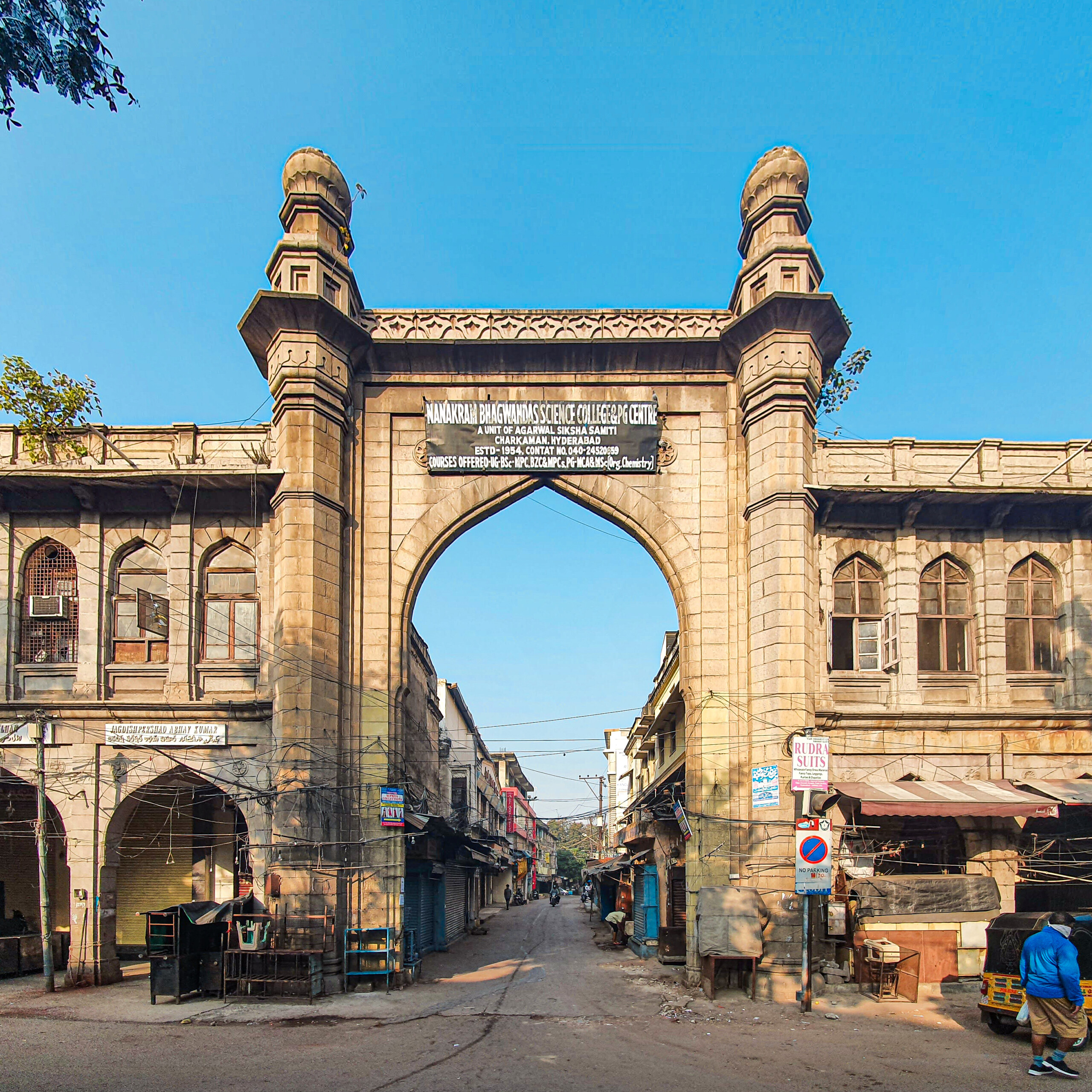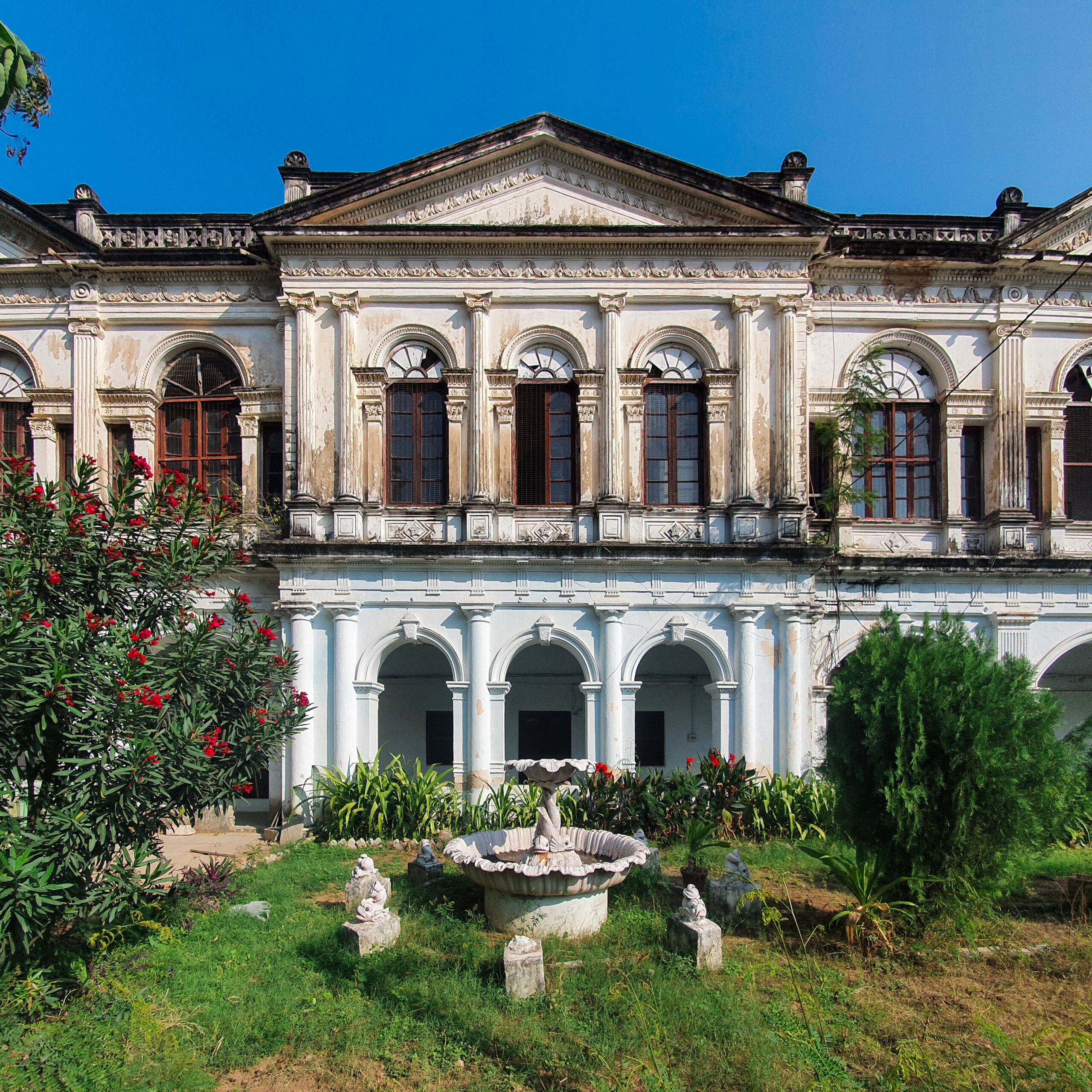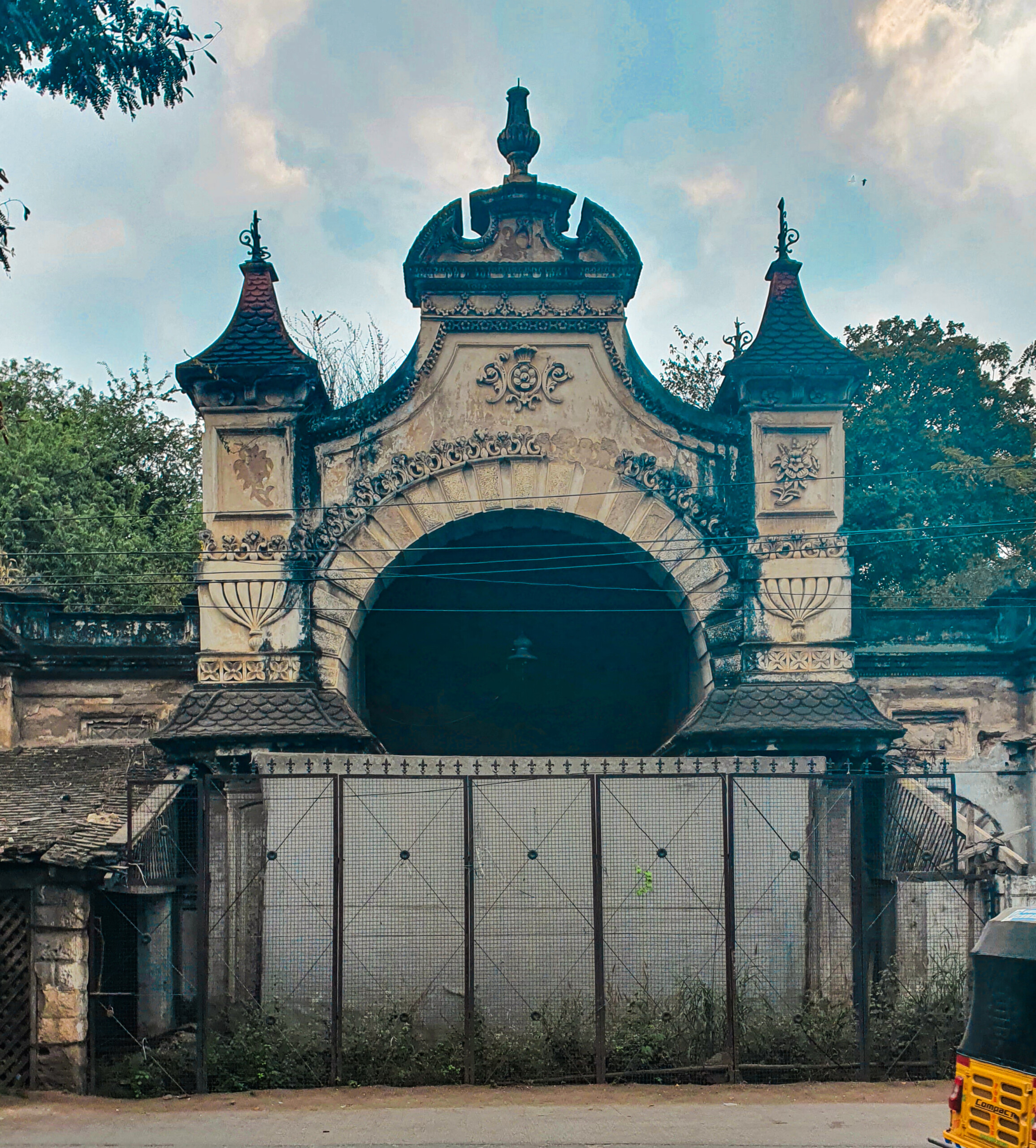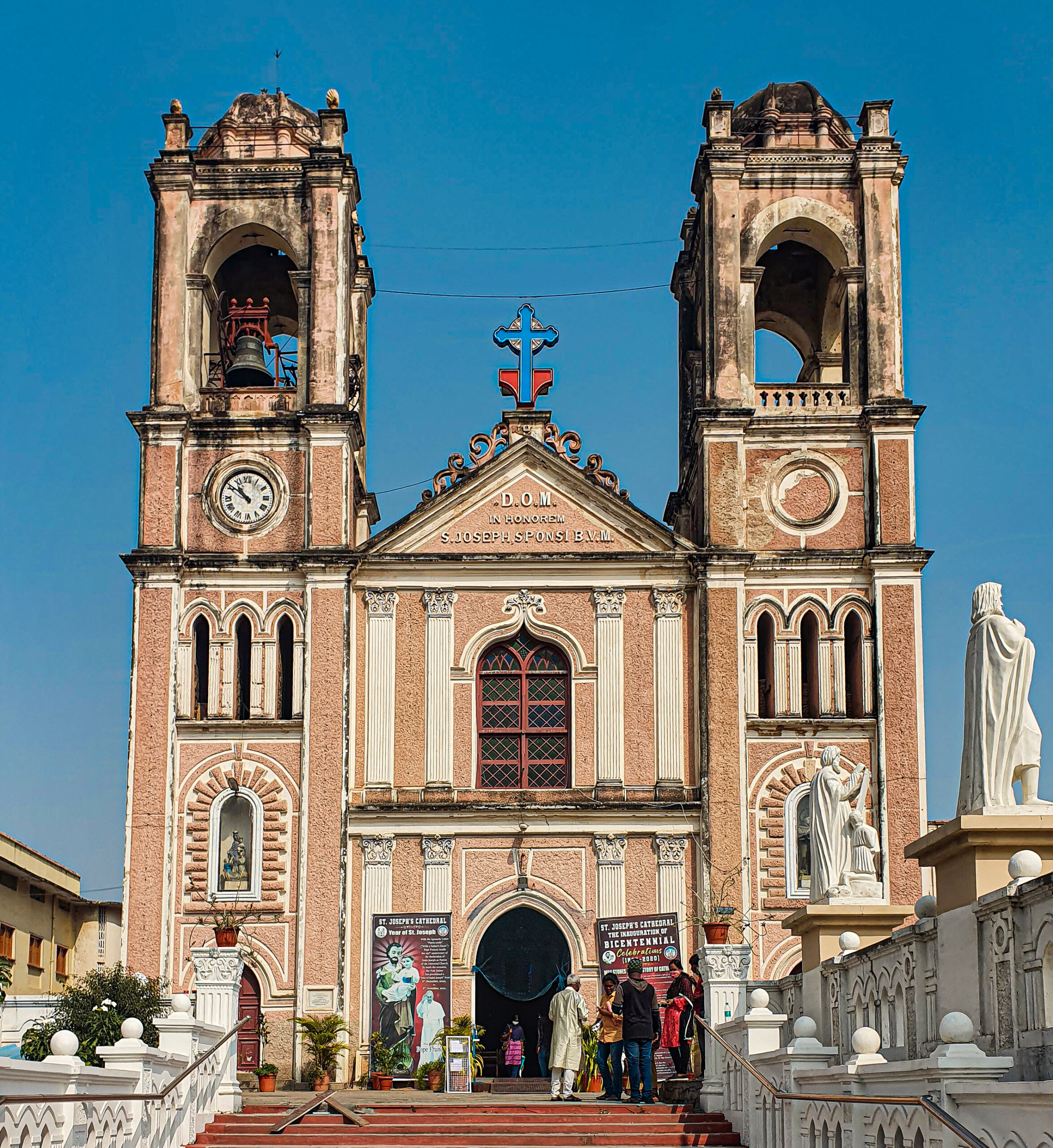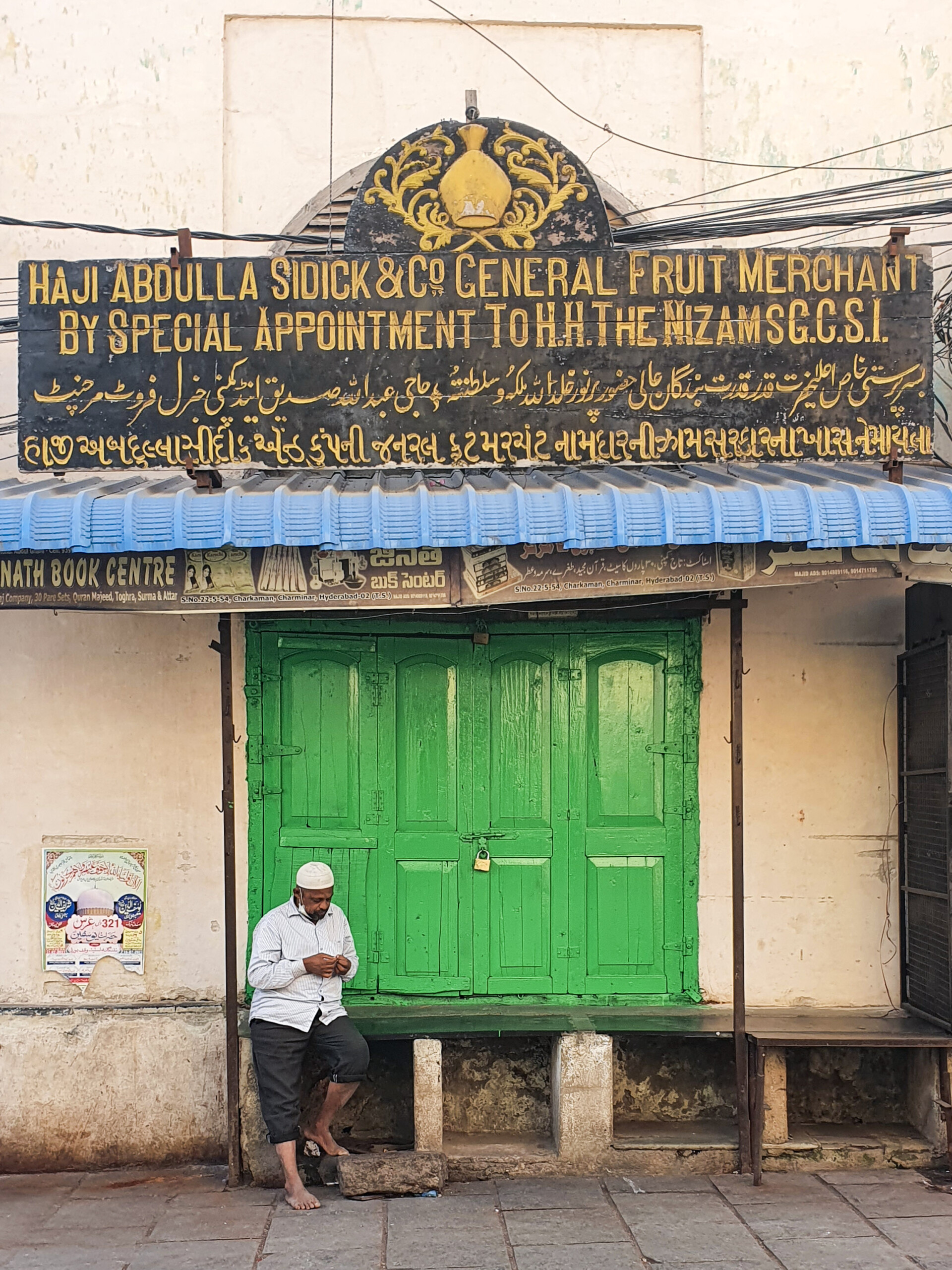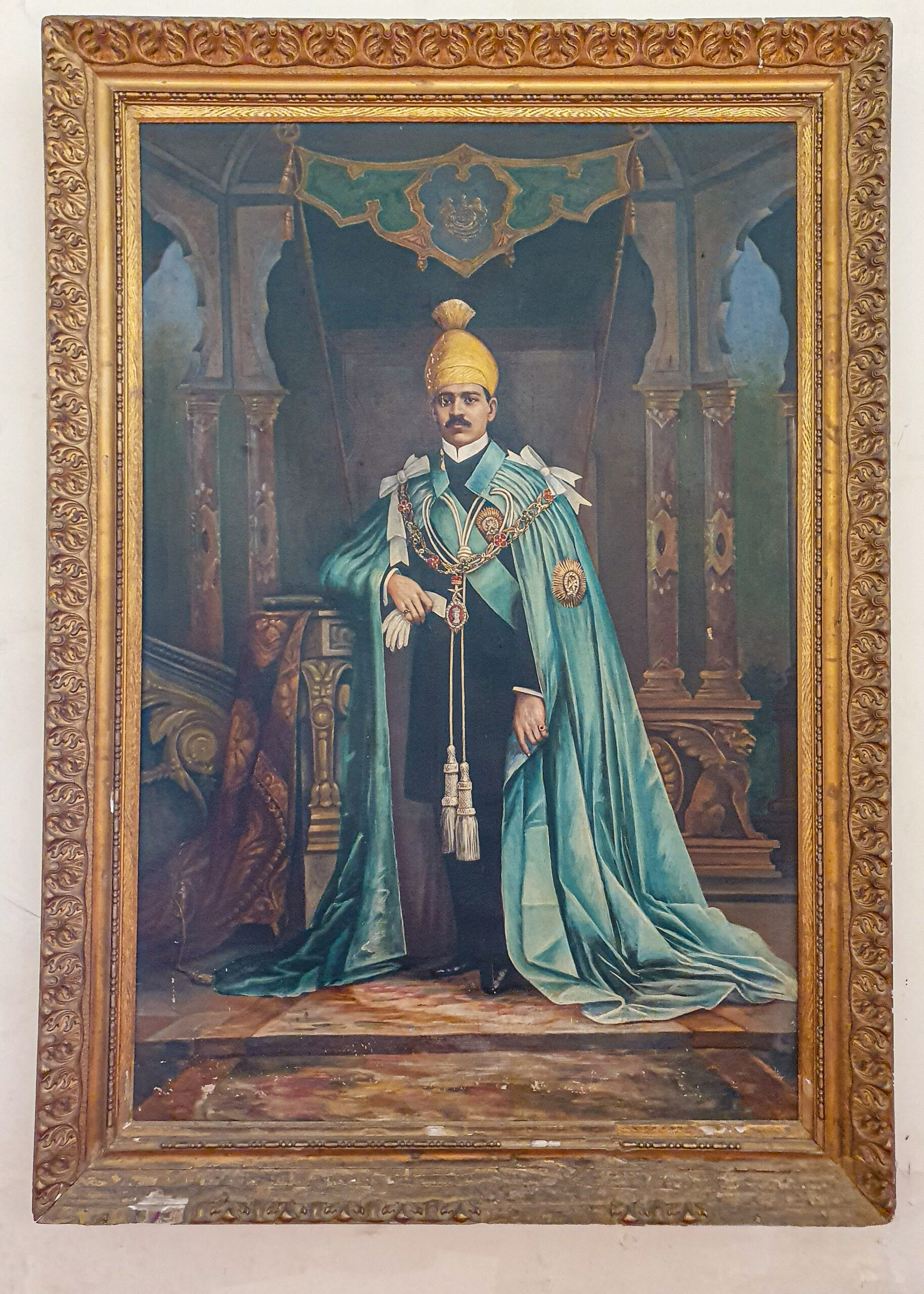The Last Nizam of Hyderabad
Sam Dalrymple
The last Nizam, Osman Ali Khan, remains one of the most fascinating and complex figures in all of Hyderabadi history.
As well as penning thousands of ‘perfumed ghazals’, the Nizam gradually amassed one of the greatest collections of art and medieval literature in the world.
His harem was equally large, and according to his grandson, each evening he would enter “the garden outside the zenana quarters where the wives would gather” and place a “white handkerchief” on one of his wives’ shoulders. “That way she would know she had to report to his bedroom at nine o’clock.”
The British had hoped that the poet Nizam would be a malleable leader, but they quickly found that he was more politically inclined than they had bargained for. He lobbied for Britian to return ceded land, and transformed Hyderabad into a modern nation with its own passport, currency, bank and airline.
Hyderabad’s public works often outdid those in British India, and Osmania University was the Raj’s first college to use a non-English vernacular (Urdu) as its language of instruction . After the death of J. D. Rockefeller, in 1937, the Nizam was crowned the richest man in the world, and the fifth richest in history.
But most extraordinary of all was the way he had married his two sons to daughters of the deposed Ottoman caliph Abdulmejid II. In 1944, the last Caliph of Islam nominated the Nizam’s grandson as his successor, and Hyderabad city came to be regarded as “the most prominent Muslim city outside of the Holy Land”, its name uttered in the same breath as Mecca and Jerusalem.
However his world was soon to crumble. In 1947, the Princely states of India were forced to join one of the two new dominions – either India or Pakistan. The Nizam declared independence and was only merged with India by force after the state had already descended into bloody civil war.
It was the end of the state and the Nizam subsequently lived his last two decades first as “Rajpramukh” of Hyderabad state and later as a pensioner of the Indian state. He died in 1967.
List of photographs:
1 . Old entry way to Chowmahalla palace at Ladbazar
2 . Moazzam Jahi Market
3 . Nampally Sarai ( Tipu Khan sarai )
4&5 . Pathar Gatti
6 . Purani haveli
7 . King Kothi Palace Entrance gate
8 . St. Joseph’s Cathedral
9 . Haji Abdullah sidick General Fruit Merchant ( Charminar Kaman )
10. Portrait of Mir Osman Ali Khan
The Deccan Heritage Foundation x Sam Dalrymple – A series that uncovers the history of Hyderabad through the eyes of Historian Sam Dalrymple. This article originally appeared on the Deccan Heritage Foundation Instagram page.
More from the series
The Millenial City of the Telugu Sultans
Sam Dalrymple
Palaces of Nizami Hyderabad
Sam Dalrymple
Mosques of Hyderabad
Sam Dalrymple
The Great Citadel of the Deccan
Sam Dalrymple
Chowmahalla Palace
Sam Dalrymple
The Vassals of Hyderabad
Sam Dalrymple

